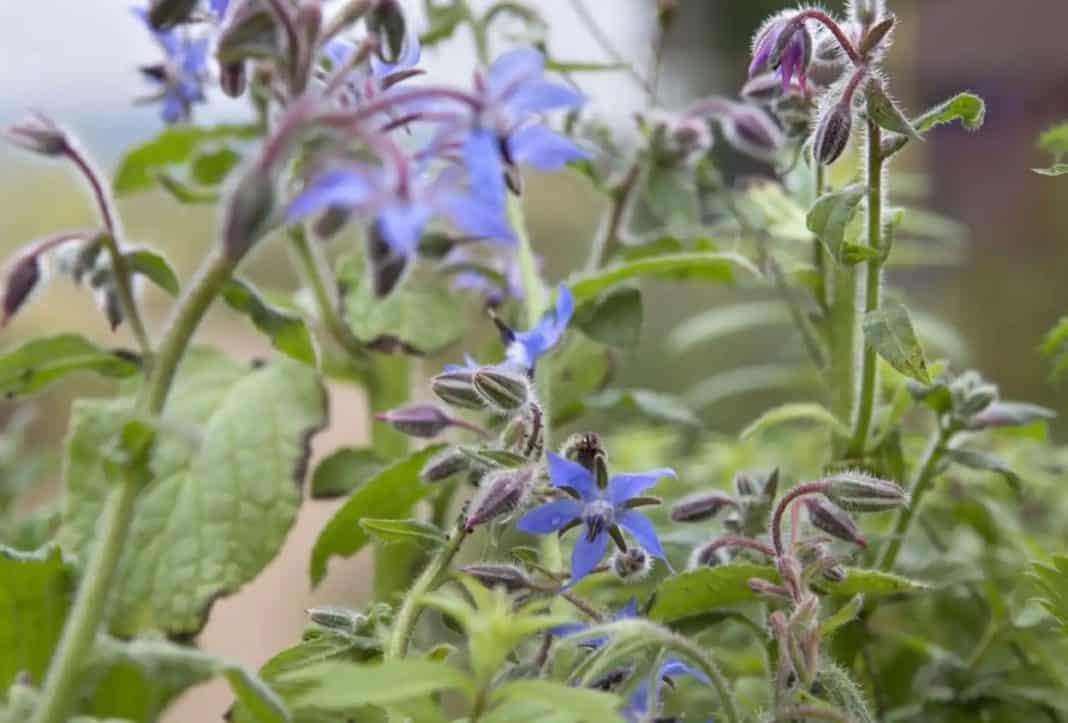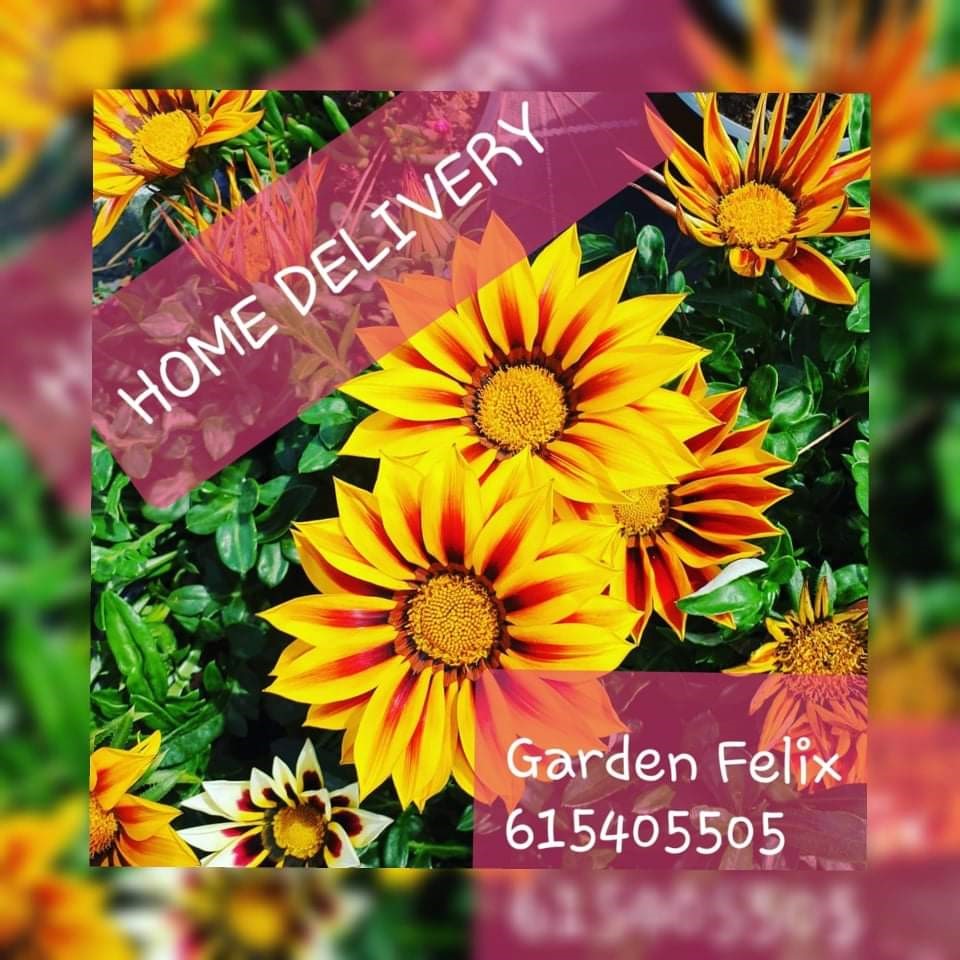Borage, also known as bugloss and starflower, is an easily grown hardy annual flower, that’s also an excellent gap-filler, that comes from Mediterranean countries.
It showcases pretty star-shaped, pure blue, nectar pollen-rich flowers, from early summer, until the first frosts.
Borage flowers are particularly attractive to bees – their blooms are some of the bees favourites – along with other beneficial insects and pollinators.
Borage is an edible herb, and the attractive blooms are a popular garnish to summer drinks. The young leaves have a cool cucumber flavour – ideal to add to salads and salad dressings.
Borage thrives in a sunny spot in well-drained soil and does best in soil, low in fertility, so there’s no need to add fertiliser or organic matter.
It grows readily from seed, which can be sown directly in the ground, where the plant is to flower. It doesn’t do well if transplanted.
It will self-seed if the faded flowers are left on the plant, but, if seeding is likely to be a nuisance, dead-head spent blooms before the seed develops. Removing faded flower heads from will also encourage more blooms to form.
Once flowering has finished, simply dig up and compost borage plants, the mineral-rich leaves will help fertilise soils the following year.
Remove seed heads before composting plants, or you’ll end up with lots of borage seedlings all over the garden.
The leaves are hairy which can cause contact dermatitis in people with sensitive skin, so it’s a good idea to wear gloves when handling. Note: it can be toxic to dogs, cats and horses.






